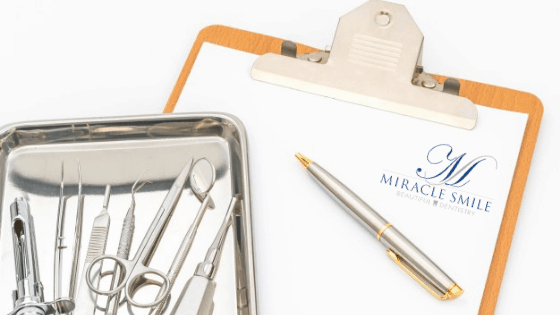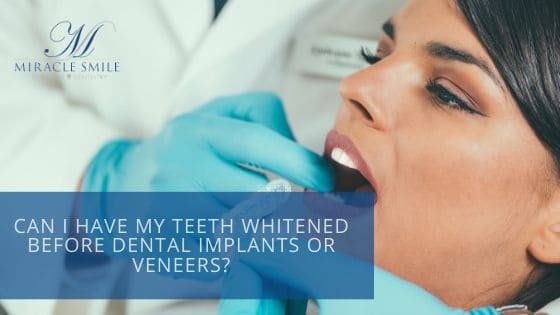The placement of dental implants in a prosthetically ideal position is often challenged by the lack of sufficient alveolar bone. Therefore, augmentation of the insufficient bone volume prior to or at the time of implant placement is often required to attain a long-term function and esthetic result. Alveolar ridge deficiencies may result from tooth extraction and subsequent resorption of bone, existing periodontitis, trauma, or developmental defects. Guided bone regeneration (GBR) is the term used to describe those procedures aiming at regenerating bone, via the use of barrier membranes, in areas with alveolar ridge deficiencies, thus allowing implant placement in an appropriate angulation. Evidence-based treatment results indicate that GBR for localized alveolar ridge deformities can effectively augment the ridge width (horizontal dimension) with new bone in the range from 1.1 mm to 5.7 mm. The average gain in ridge width is approximately 3.6 mm, with some variations noted depending on the surgical technique and materials used for the augmentation procedure.
Guided bone regeneration. The surgical GBR therapeutic protocol consists of using a barrier membrane facing the alveolar ridge defect in need of osseous tissue regeneration. The purpose of the membrane is to create and maintain a secluded space, thus providing a suitable environment for osteoprogenitor cells to migrate, populate, and thus regenerate the affected area. During this time, the membrane also blocks soft tissue ingrowth into the alveolar ridge defect that would otherwise interfere or prevent osteogenic cell populations to repopulate and regenerate the osseous wound defect. The therapeutic benefit of GBR was initially demonstrated in jawbone defect studies using rabbit and rat animal models. This evidence led to investigation of GBR applications for the regeneration of alveolar ridge deficiencies in human subjects.
Barrier membranes: advantages/disadvantages. Various resorbable and nonresorbable barrier membranes have been used in experimental and clinical studies of GBR treatment. The desirable characteristics of barrier membranes include, but are not limited to, cell exclusion, space maintenance, fibrin clot stabilization, integration with the host tissues, ease of use, biological activity, resistance to microbial penetration and controlled biodegradation.
Nonresorbable membranes such as expanded polytetrafluoroethylene (e-PTFE) and titanium mesh are widely used in clinical practice. Success with e-PTFE membranes, the current gold standard, have been documented in GBR procedures. Unfortunately, there is evidence that e-PTFE membranes induced slight to moderate cytotoxic reactions, which may reduce cellular adhesion and osseous regeneration. Titanium mesh has also gained favor among clinicians for bone augmentation procedures. Although clinical results with titanium mesh appear promising, membrane removal during a second interventional procedure and high rate of exposure (51.11%) compromises the gained volume of augmented bone.
Numerous biodegradable membrane devices have been tested with varying degrees of success in GBR procedures, including type 1 collagen, polylactic and polyglycolic acid, polyglactin 910, polyorthoester, and polyutherane. Recent studies with resorbable barrier membranes combined with allografts (demineralized freeze-dried bone allograft [DFDBA]) and alloplasts have shown similar bone width augmentation results to nonresorbable barriers. Therefore, resorbable barrier membranes are a suitable alternative for GBR procedures, since removal is not necessary. They are more cost-effective and biocompatible.
Mesenchymal stem cells and their role in guided bone regeneration. An important aspect that plays a role in the overall regeneration of the bone augmentation procedure is the recruitment of osteoprogenitor and mesenchymal stem cells from the surrounding wound environment into the osseous defect. Progenitor cells, such as adult mesenchymal stem cells, have been recently identified in the gingival connective tissues, namely gingival mesenchymal stem cells (GMSCs). These progenitors exhibit clonogenicity, self-renewal, and multipotent differentiation capacities.
In fact, there is evidence that shows that GMSCs have osteogenic potential and are capable of bone regeneration in mandibular defects. In addition, GMSCs suppress the inflammatory response by inhibiting lymphocyte proliferation and inflammatory cytokines and by promoting the recruitment of regulatory T-cells and anti-inflammatory cytokines. Thus, GMSCs potentially promote the “right” environment for osseous regeneration to take place. Unfortunately, the available traditional cell-occlusive resorbable membranes block the contribution of GMSCs for bone regeneration. Recently, a novel modified perforated resorbable membrane (MPM), with ~1 mm perforations, was used for guided tissue regeneration and documented up to 2 mm of supracrestal osseous regeneration relative to a traditional barrier membrane.
We hypothesized that GMSC from the gingival connective tissue and periosteal progenitor cells might have migrated through the perforations and repopulated the supracrestal part of the root surface. Furthermore, MPM contributed to wound stability, a crucial factor for bone regeneration, by stabilizing the supracrestal fibrin clot through mechanical interlocking of fibrin strands within the membrane perforations. The concept of using a porous guided tissue membrane has been tested recently in an attempt to stimulate bone formation in critical size defects.
Kim and coworkers claimed that an asymmetrically porous GBR membrane with dual BMP-2 and ultrasound stimulation may be promising for the clinical treatment of delayed and insufficient bone healing. In a recent animal study 1mm perforations on a poly-lactic acid resorbable membrane lead to significant mineral apposition and new bone formation.The enhanced bone formation occurring when using perforated barrier membranes might have been due to the migration of GMSCs, which are currently excluded from the osseous regeneration process with traditional barrier membranes.





